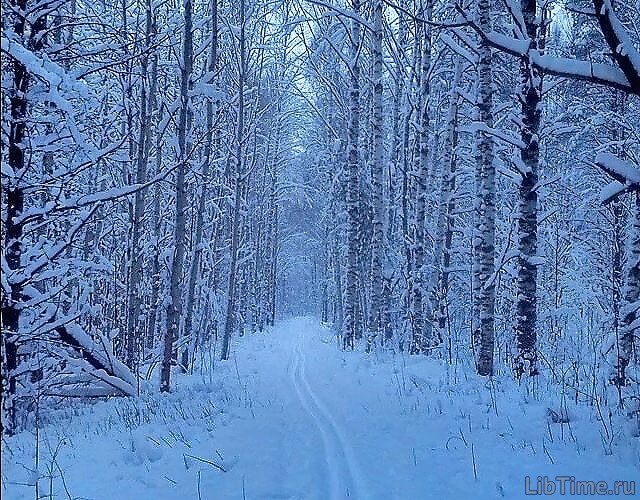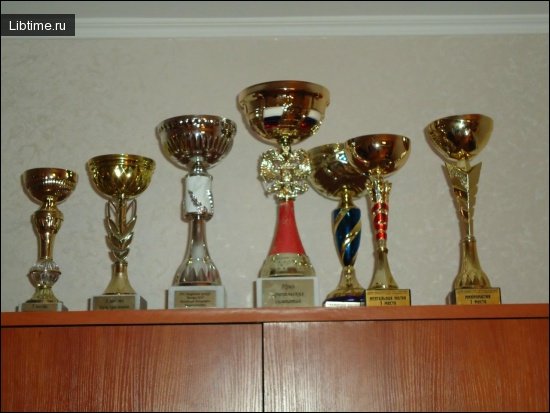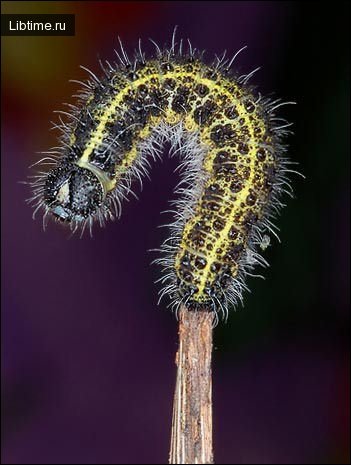Overnight in the campaign
Overnight camping, as well as overnight hiking in the countryside, requires three conditions: the first is safety, the next is the availability of drinking water and the third is the availability of fuel.
Choosing a place to sleep
Choosing a place to camp should be done with full responsibility. For safety reasons, you should not camp at the foot of coastal and mountain slopes, dangerous rockfalls, ground collapses, streams during heavy rain.
It is also not recommended to camp in hollows, at the bottom of ravines and narrow stream valleys, on dried-up river beds and channels. Tents should be avoided on certain hills and ridges, under unreliable trees.
When camping in populated areas, it is undesirable to camp in close proximity to settlements, railroads, highways, industrial enterprises, in pastures, near power lines.
Clean drinking water and fuel make it possible to organize hot meals, drying of wet clothes and heating. The camp site should be fairly level, dry, free of brushwood, dense undergrowth and bumps. It can be located on a coastal terrace, glade, forest edge. In mosquito-prone areas tents should be placed on wind-blown places.
Tourist campfire
A few words should be devoted to the campfire. The place for it is chosen 5-7 meters from the tents, better on an old campfire, on the leeward side. Depending on the purpose of campfires have a number of modifications:
- for cooking, campfires of the "shalashik" and "well" types are used,
- for heating and drying - "taiga".

The ability to quickly make a fire appears with time and the sooner it will be, the better. It is better to make a fire with birch bark, stripped from a dried or fallen birch tree.
In dry weather small pine twigs, dry dead wood, lichen and so-called "lighter sticks" - dry twigs cut in a special way are good. In treeless areas - in the mountains and steppe - dry stems of rhododendron, dwarf shrubs and reeds are used as fuel. It is much more difficult to light a fire during rain, when there is not a single dry leaf in the whole forest.
However, it is also possible, you only need to know that the lower dead branches of coniferous trees are always dry - this is evidenced by a sharp crunch when breaking them. Thick pieces of Plexiglas, dry alcohol tablets or a candle burner inserted in the center of the fireplace are used for stoking. They give a constant even flame, capable of igniting wet twigs.
We would like to warn beginner tourists against cutting trees, even dry ones, because to cook food, dry clothes and sit by the fire with a guitar, there is enough deadwood around the camp. In order to protect the undergrowth from felling, such devices as tahanki, steel cables for hanging buckets over the fire, metal slings and hooks are used.
These self-made devices significantly reduce the time for camping and organizing overnight camping. Cooking food on the fire
Cooking food on the fire
Cleaning up the camp site
When leaving, campers must tidy up the camp site: burn the paper, bury the cans and food waste, put the slings, rungs, tent poles and stakes against the trees, stack the firewood and deadwood under the branching trees (they will still be useful to the campers), and thoroughly douse the fire.


